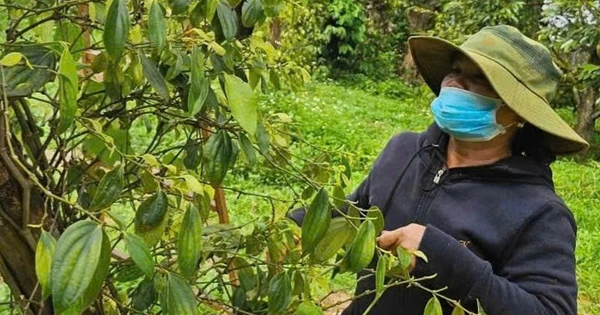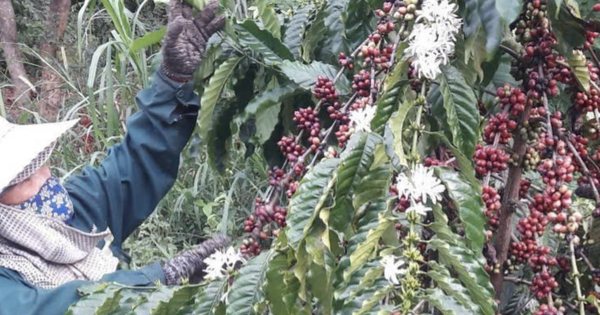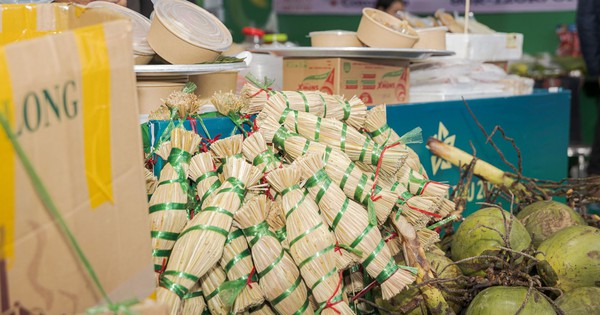A farmer tends to a pepper tree on her farm in Vietnam. Photo: N. Tri / Tuoi Tre
From the beginning of the year to mid-October, Vietnam exported 197,100 metric tons of pepper worth $1.33 billion, surpassing the previous annual record of $1.31 billion set in 2024.
Although pepper output has not increased significantly, higher export prices and a rising share of deeply processed products have driven the sector’s value beyond expectations.
Experts attribute the strong growth to policies promoting deep processing, improving product quality, and expanding export markets.
The U.S., Germany, and India remain Vietnam’s largest pepper markets, accounting for 24.7 percent, 8.1 percent, and 6.1 percent of total pepper export value from January to September this year, respectively.
The value of exports to Germany rose 43.4 percent, to India 64.3 percent, and to the UK doubled year on year.
Over this period, Vietnam shipped more than 10,000 metric tons valued at $71 million to India, an eight-percent increase in volume and a 64.3-percent rise in value.
The average export price to India reached $7,034 per metric ton, up 50 percent from last year.
Despite being the world’s leading pepper exporter, Vietnam imported over 36,000 metric tons in the first nine months of 2025 at a value of $225.7 million—a 51.9-percent increase in volume and a 121.1-percent rise in value compared with the same period in 2024.
“Global pepper prices have been $300–600 per metric ton higher than in Vietnam, but many businesses still choose to import to ensure sufficient stock for exports,” a representative of a Vietnamese export company told Tuoi Tre (Youth) newspaper.
According to the VPSA, Vietnam will continue importing pepper until the next harvest in February 2026 to meet year-end demand, which is expected to rise 10–15 percent.
The new harvest is projected to increase production by 5–10 percent compared to last year’s 180,000 metric tons, but short-term supply shortages are likely to persist.
“These higher-priced imports, combined with limited domestic supply, are expected to keep domestic pepper prices elevated,” the representative added.
Currently, domestic pepper prices range from VND146,000 ($5.5) to VND150,000 ($5.7) per kilogram, up VND3,500–5,000 ($0.13–0.19) within just a week.
Key production areas such as Dak Lak, Lam Dong, and Gia Lai reported the highest prices at VND148,000–150,000 ($5.6–5.7) per kilogram, while Dong Nai and Ho Chi Minh City saw slightly lower rates.





